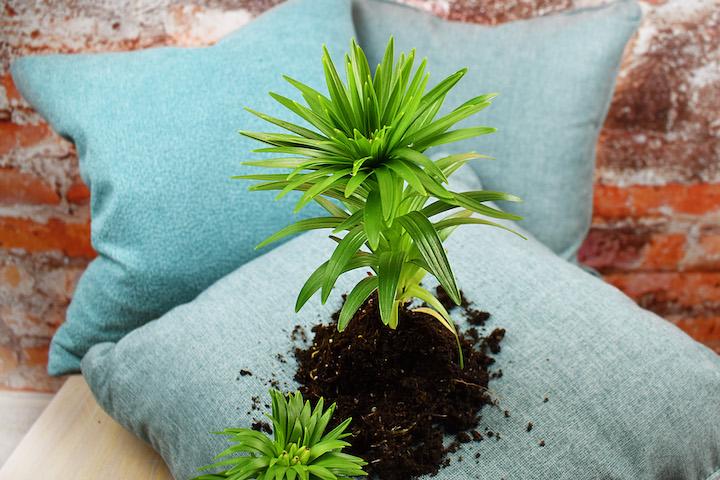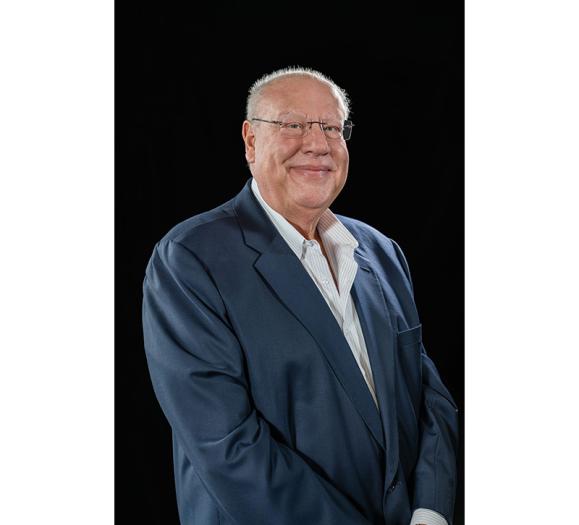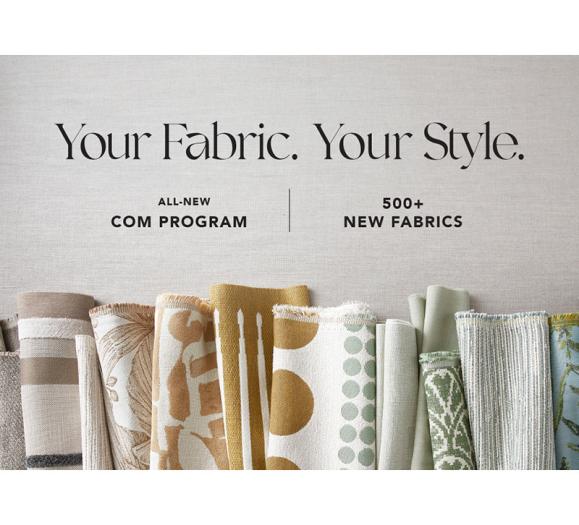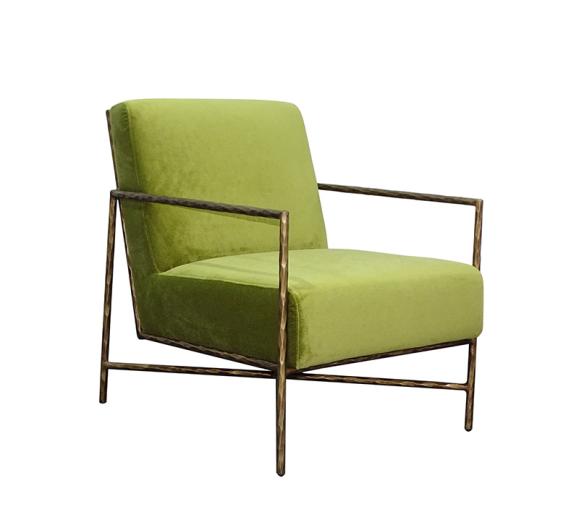In a recent Green Home Furnishings Study done by the Sustainable Furnishings Council, the vast majority of consumers expressed interest in certification that textiles were safe, high-quality, environmentally friendly and produced in a socially responsible facility.
Recyclability — either buying products constructed of recycled materials or knowing their products can be recycled at the end of the life cycle — is an easy measure for many consumers to feel they are doing their part for the environment.
“What we humans throw away is the world’s most abundant natural resource now,” says Susan Inglis, the Sustainable Furnishings Council’s Executive Director. Plastic is high on that list, and opportunities to recycle helps the industry as well as the environment. Nearly one million plastic beverage bottles are sold every minute around the world and that number will jump another 20 percent by the year 2021. And, as technology has advanced, textile manufacturers are doing their part to develop more sustainable practices.
“Basically, there is a lot of recycled content you can put in fabric,” says LeAnne Flack, Marketing Manager for Milliken & Co. The company showcased its Breathe brand of performance fabrics at this spring’s ITA Showtime Market, a line of natural-fiber performance textiles, as well as polyester fabrics with a recycled water bottle story.
One hundred percent of the fabric is from recycled materials, Flack continues, but the plastic bottle story makes that tangible to the consumer. “Most people know bottles,” she says. “We certify the recycled content with a third party, which guarantees six to 10 recycled bottles per yard of fabric are used. If you need 20 yards of fabric, you’re diverting 200 bottles from the landfill.”
Innovating for comfort
Because plastic water bottles are the base of these materials, it’s important for consumers to understand technology’s role in the texture, allowing for a soft hand, color, textures and even pattern. According to Jessica McClaine, Digital Marketing and Online Sales Coordinator at Culp Inc., the company has partnered with Unifi REPREVE to develop its new LiveSmart Evolve fabrics, also developed from fiber created with plastic water bottles. Like Milliken’s Breathe polyester, LiveSmart Evolve, which is made with at least 30 percent REPREVE fiber, converts approximately nine standard-sized plastic water bottles with each linear yard of fabric. Fabric textures in the Evolve line, all polyester, are not hindered by the recycled plastic content. Bottles are cleaned, chopped into flakes, melted into pellets and then extruded into polyester fiber. Once in the fiber stage, it can be dyed and woven into fabric, which for LiveSmart Evolve includes indoor fabrics that mirror linens to velvets.
Milliken’s Flack adds that to be classified as performance fabrics, even these polyester fabrics need surface treatments to repel liquids and stains. “We all have a finish to make the fabrics more repellent,” she says. Milliken has moved to a fluorine-free plant-based coating, however, for all of its Breathe performance fabrics. Some fluorine coatings, PFAS or PFCs (see sidebar), have been under scrutiny and are not recyclable.
Breathe fabrics are Green Guard Gold certified, which indicates rigorous chemical emissions standards are met, and can actually improve indoor air quality, adds Nancye Edwards, Project Lead at Bright + Co. Marketing, which works with Milliken.
These initiatives are providing a message that resonates with the consumer. “In the home, consumers not only want maintainable fabrics, but also fabrics that are environmentally conscious,” says Culp’s McClaine. Nothing says recyclable quite like a story that diverts plastic bottles.
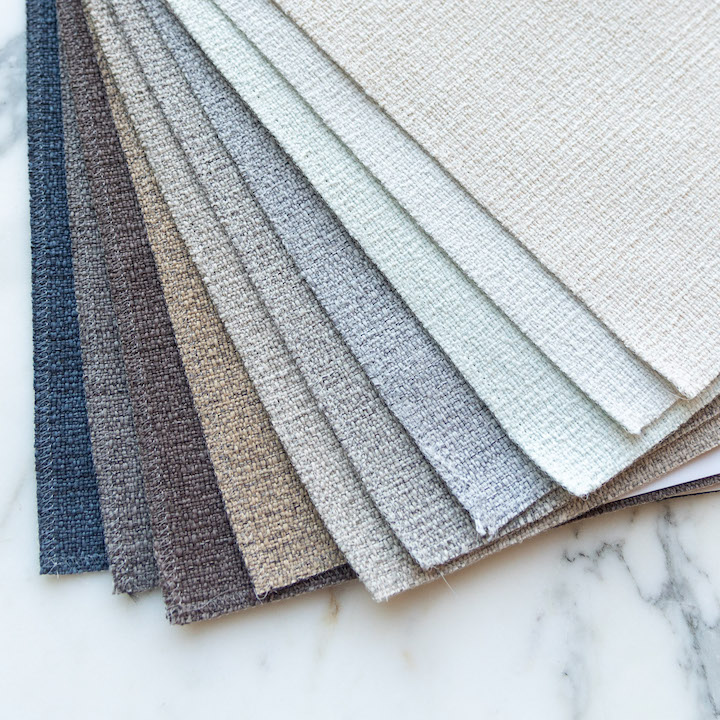
Chemical Reaction
What factors can impact performance textiles’ sustainability story?
As more attention is focused on the environment, consumers are paying attention to the environmental impact of the products they buy. “More and more consumers appreciate transparency, especially for significant purchases. They look for companies who are doing the right thing,” says Susan Inglis, Executive Director of the Sustainable Furnishings Council (SFC). “Companies do well when they tell their sustainability story, exactly how and why this fabric performs and how they’ve come to their production decisions.”
Sustainability Metrics
Raw Materials, Processing and End of Life for textiles are three areas the SFC reviews to determine a fabric’s impact on the environment. Within these are key components that are addressed, such as renewability, energy use and waste generation for raw materials; post-fiber treatments, energy use and CO2 emissions during production; and recyclability and disposal once a product is no longer in use.
As fabric production moves toward accountability within these segments, says Inglis, post fiber treatment demands attention. Historically, companies have used highly fluorinated chemicals known as per- and polyfluoroalkyl substances (PFAS) to repel water and oils. Chemicals in this class include PFOA, PFOS and more than 3,000 other related compounds, according to sixclasses.org. These substances can deliver a double whammy to a fabric’s sustainability story. There have been toxicity concerns with these chemicals, and fabrics treated with certain PFAS cannot be recycled.
As with other chemical classes, not all PFAS are created equal, and many companies are moving toward coatings with less impact on the environment. C8 chemistry is now regulated in some places and has been abandoned by responsible companies voluntarily, says Inglis, replaced with C6, C4 or nano-technologies.



